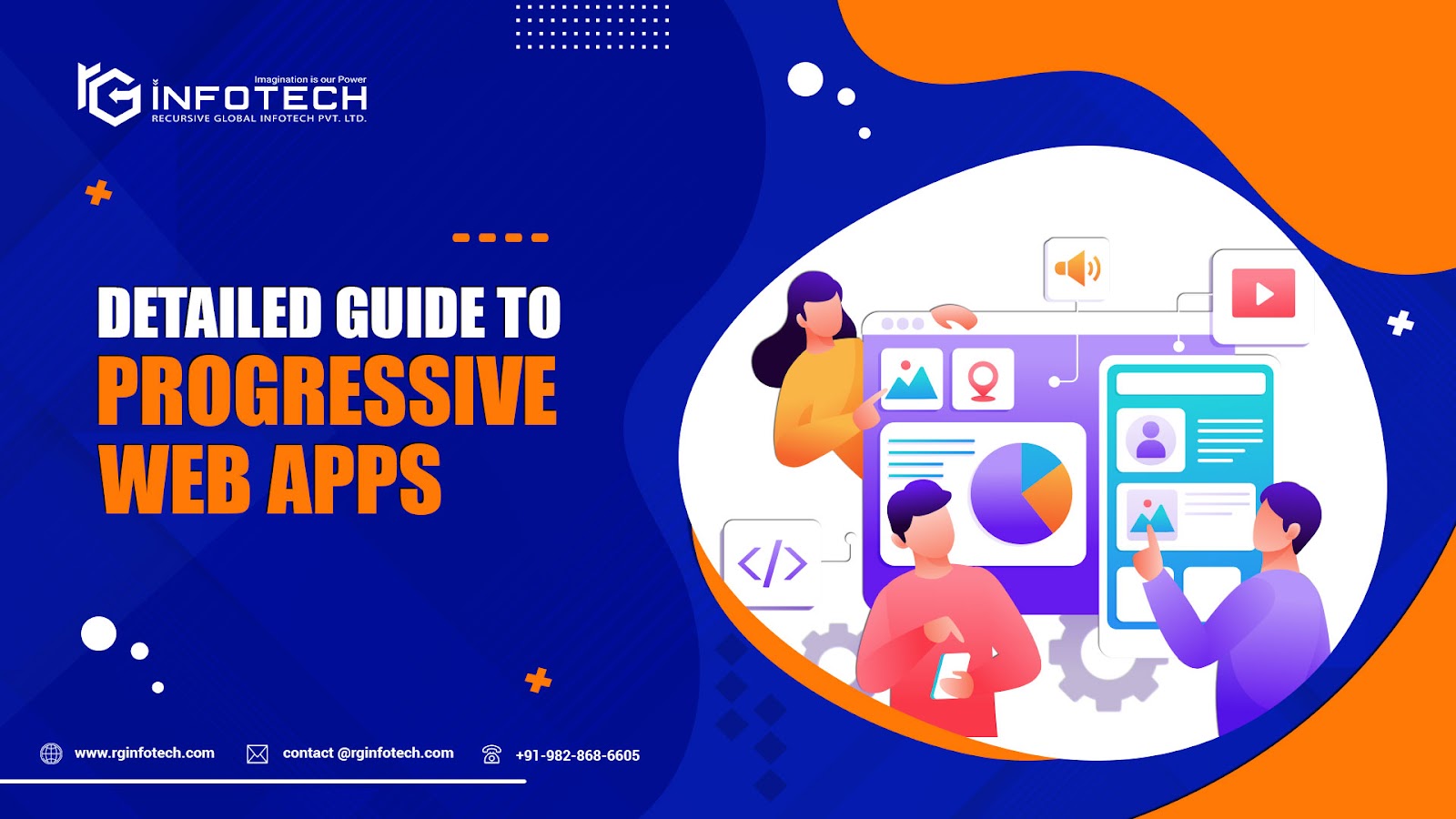Main Stages of the Software Product Development Lifecycle
Software Development is a long process and can be tiring if it's not done in a managed way. A small glitch in any stage can directly affect the credibility of the brand and result in product failure. There are numerous processes of Developing Software, which eases the whole long process.
Software Development LifCycle acts like a lifesaver and can lead you to develop successful software without any bugs.
Let’s understand how one can integrate the Software Development Life Cycle to ensure the success of the software. Know about the process and important stages of the whole process.
What Is Software Development Life Cycle?
Software Development Life Cycle is a standard business practice for building software. It is divided into primarily six stages to make the development process easy to understand. However, the steps of the Development Lifecycle are tweaked by the project managers as per their requirements in the meantime.
It allows a fine-grain analysis of each stage of the development process. This results in boosting the efficiency of the company on each step. SDLC helps businesses to achieve all sorts of goals like best product development at low cost, highly functional apps, products that satisfy customers, and a bug-free application user experience.
7 Stages of SDLC
Here are the 7 primary stages that complete the whole software development process and boost the chances of final product efficiency.
1. Planning
Planning is the first stage of the Software Development Cycle. Under this stage, project managers collect the project requirement which is labor or material costs, schedule with target goals, and many more.
It's good to include the feedback of stakeholders as they are investing in the respective application. Also, try to get feedback from customers to understand their requirements.
Planning should mention the purpose and market scope of the software. The whole process is done to avoid any kind of time or cost-shifting from pre-decided decisions to carry out a smooth software development process.
2. Requirements
Defining the requirement is an important stage to not miss the purpose of developing the respective software. Requirements for the product are different for both business owners and customers.
It also includes the resources that will be required in building the project. All sorts of small and big requirements are mentioned for a 100% successful software development.
3. Design and Prototyping
The next stage is to build a prototype to finalize the ultimate look and functionality of the software as per the customer's perspective. The prototype should be designed in such a way that it gives you an idea about the user experience. Here are some factors one should focus on while designing a prototype:
Architecture – The architecture of the prototype should be well designed and include software development programming language, industry practices, overall design, and use of the template.
UI - An interactive user interface to define customers can interact with the software in multiple ways whenever they take any action.
Platforms - Different types of systems on which the software will be operating like App;e, Android, Windows, or Linux.
Programming - Along with the programming language, methods are used to solve problems and operate the tasks.
Security - Defines the security measures taken to save data from any threats and it includes SSL traffic encryption, password protection, and other data storage credentials.
4. Software Development
The most important stage of the software development cycle is the software development itself. It's the most time-consuming and critical phase which decides the whole success of the software. A small project can be completed by a single developer. But for a big project, a whole team of developers needs to divide the project into multiple parts and complete it. Using access Control or Source Code Management applications in this phase helps to keep a track of changes done in code.
The coding process includes tasks like writing the software code, fixing errors, testing whether the code is running, etc. The development stage is the foundation of building the whole product.
5. Testing and Bug Fixing
Testing is an important stage of software product development. It is better to remove all the possible bugs before the deployment to enhance the user experience. Some testing can be automated like security testing. While another testing can be done with a specific procedure, like creating an environment of simulated production for complex deployments.
Don’t be in a rush, test the whole software to make sure all the features are functioning correctly. Testing reduces the number of bugs and glitches and delivers the desired outcome to the users.
There are different types of testing like Performance testing, Security testing, Usability testing, and Compatibility testing.
6. Deployment
After removing the bucks, your application is ready to launch and made available for the users. Many companies choose to automate the deployment phase. It is as simple as doing an online payment and downloading the app from Play Store.
Deployment is not an easy-peasy process as upgrading a company-wide database based on the newly developed application is quite a task.
Moreover, after deploying the software; the job is not done. After this now and then new upgrades need to be introduced to keep enhancing the user experience.
7. Maintenance
It is somewhat the final stage of the development cycle where software development is finished. The application operations have started and now it is time to resolve the issues that users are facing while using the app.
Along with fixing bugs, features for future releases are also planned, and with this, a new Development Cycle can be launched.




Comments
Post a Comment